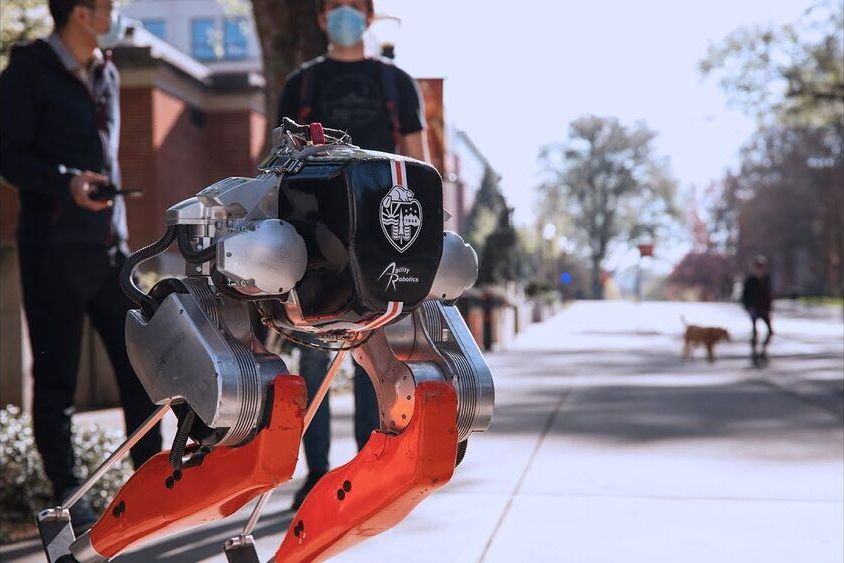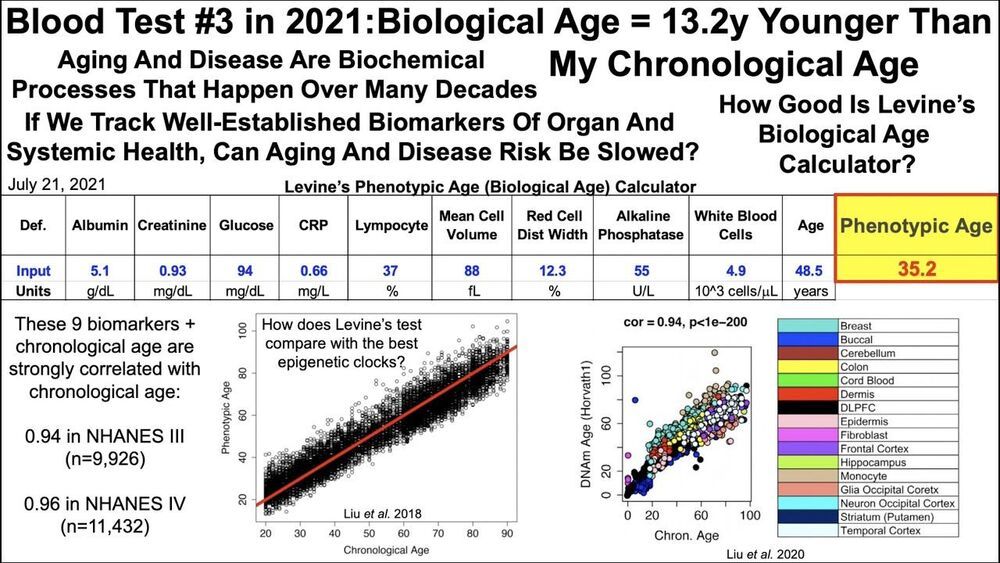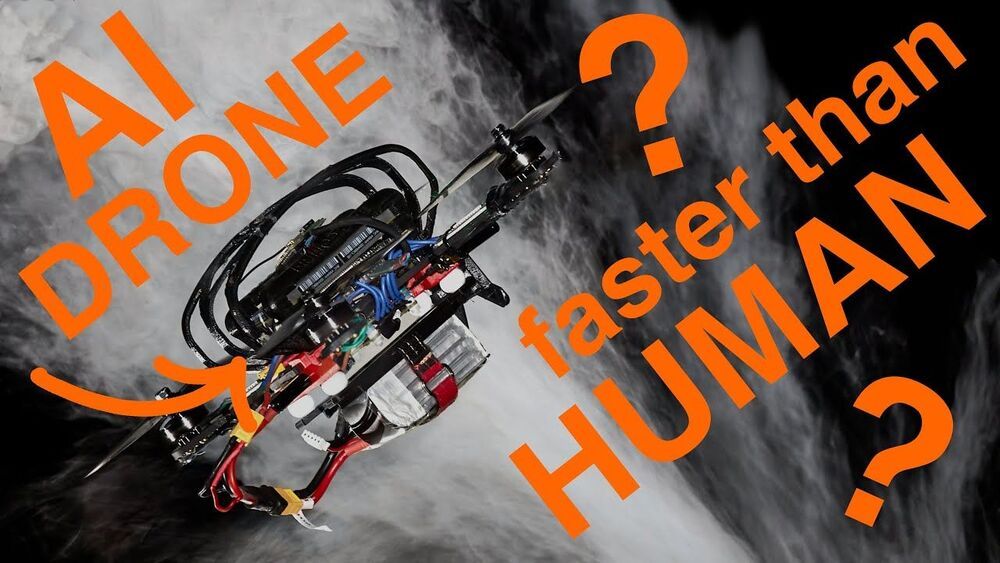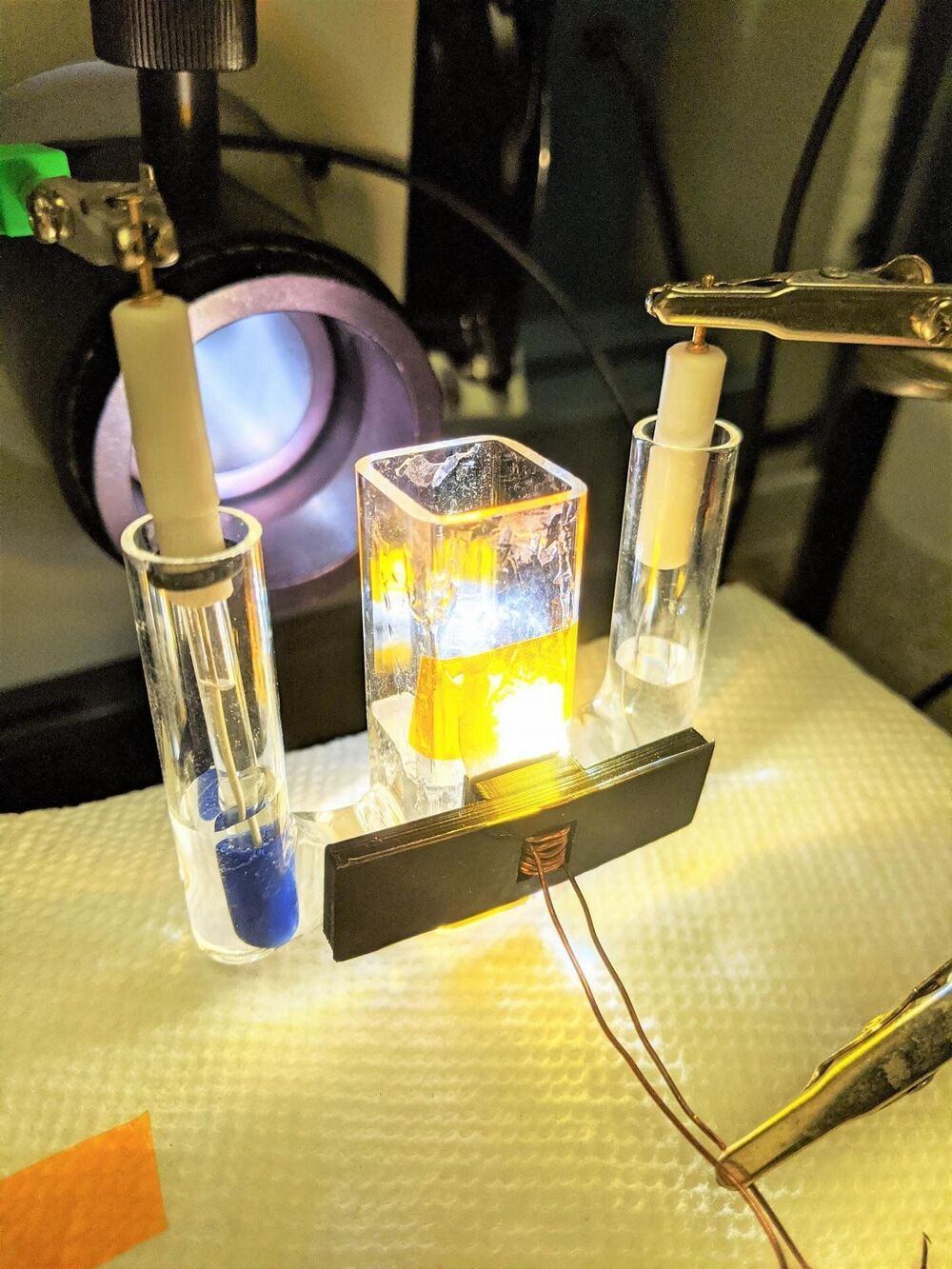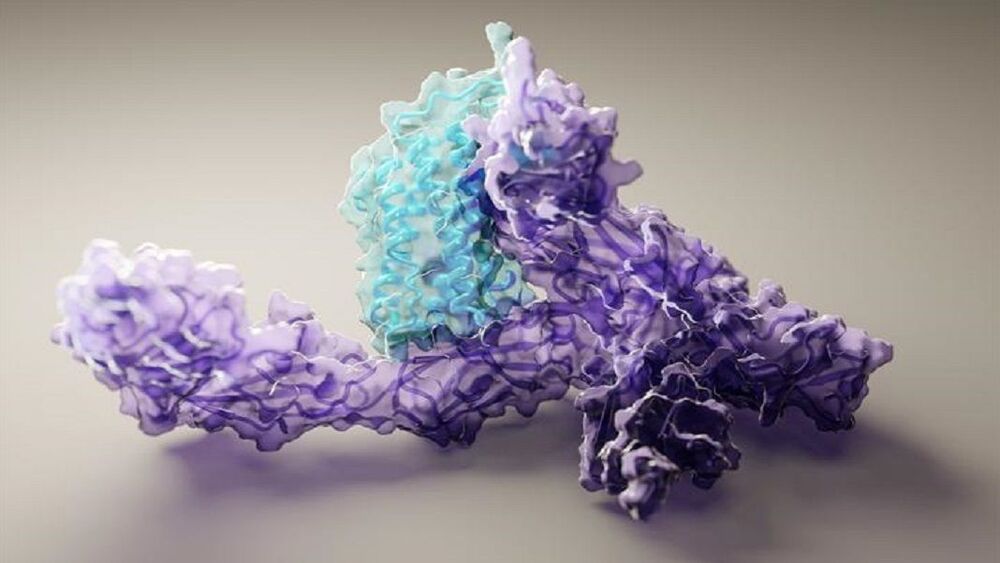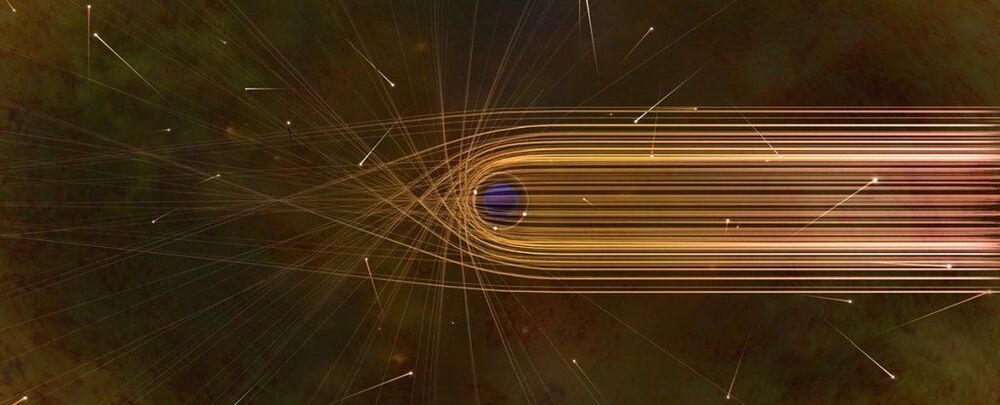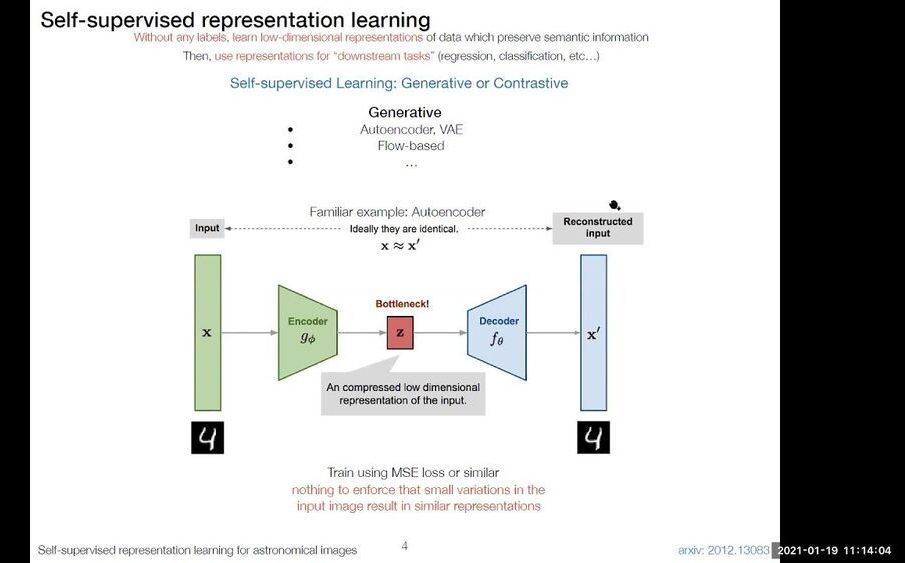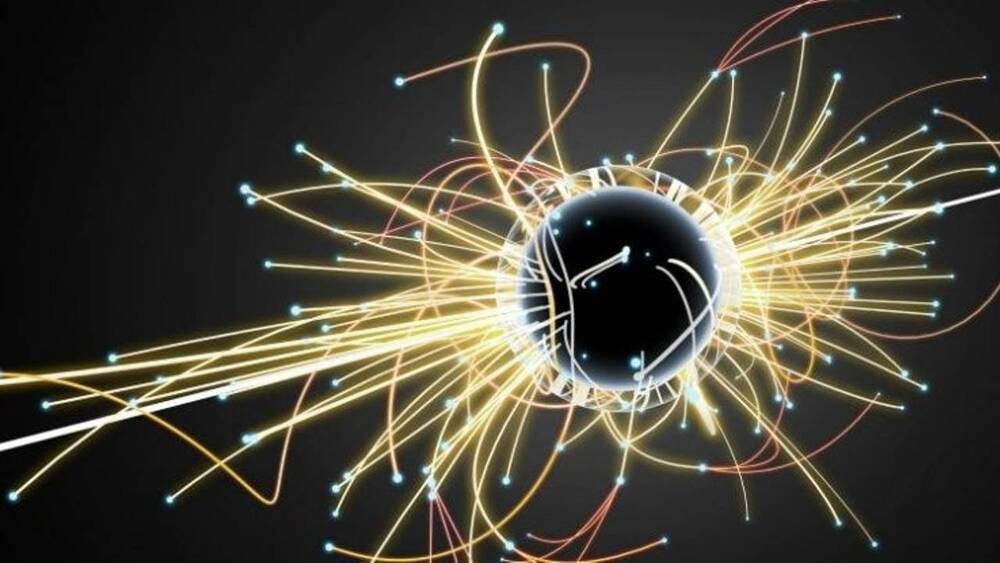Jul 28, 2021
Watch Cassie the bipedal robot run a 5K
Posted by Dan Kummer in categories: information science, robotics/AI
And it did so on its own without a tether.
Cassie, a bipedal robot that’s all legs, has successfully run five kilometers on a single charge, all without having a tether. The machine serves as the basis for Agility Robotics’ delivery robot Digit, as TechCrunch notes, though you may also remember it for “blindly” navigating a set of stairs. Oregon State University engineers were able to train Cassie in a simulator to enable it to go up and down a flight of stairs without the use of cameras or LIDAR. Now, engineers from the same team were able to train Cassie to run using a deep reinforcement learning algorithm.
Continue reading “Watch Cassie the bipedal robot run a 5K” »
